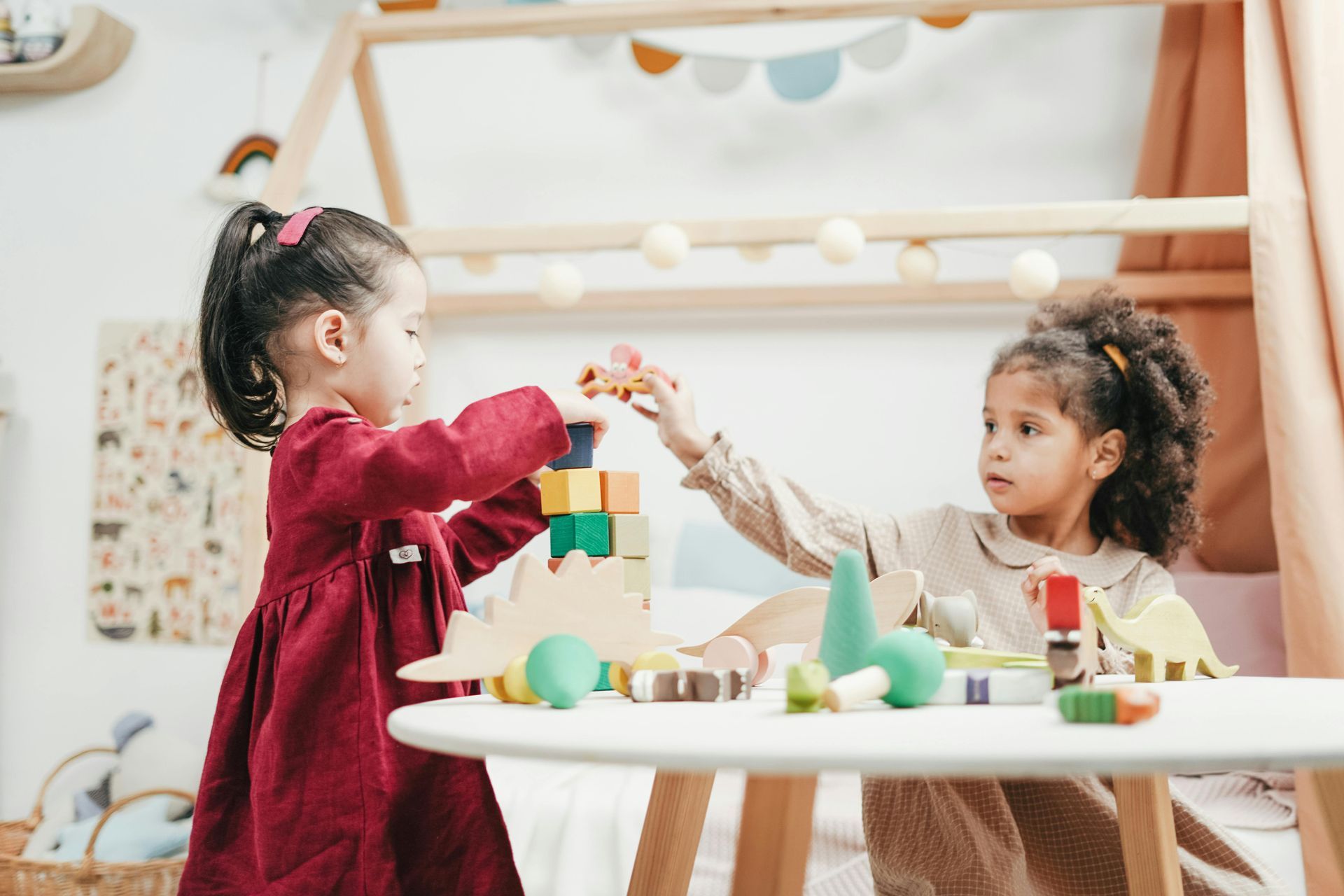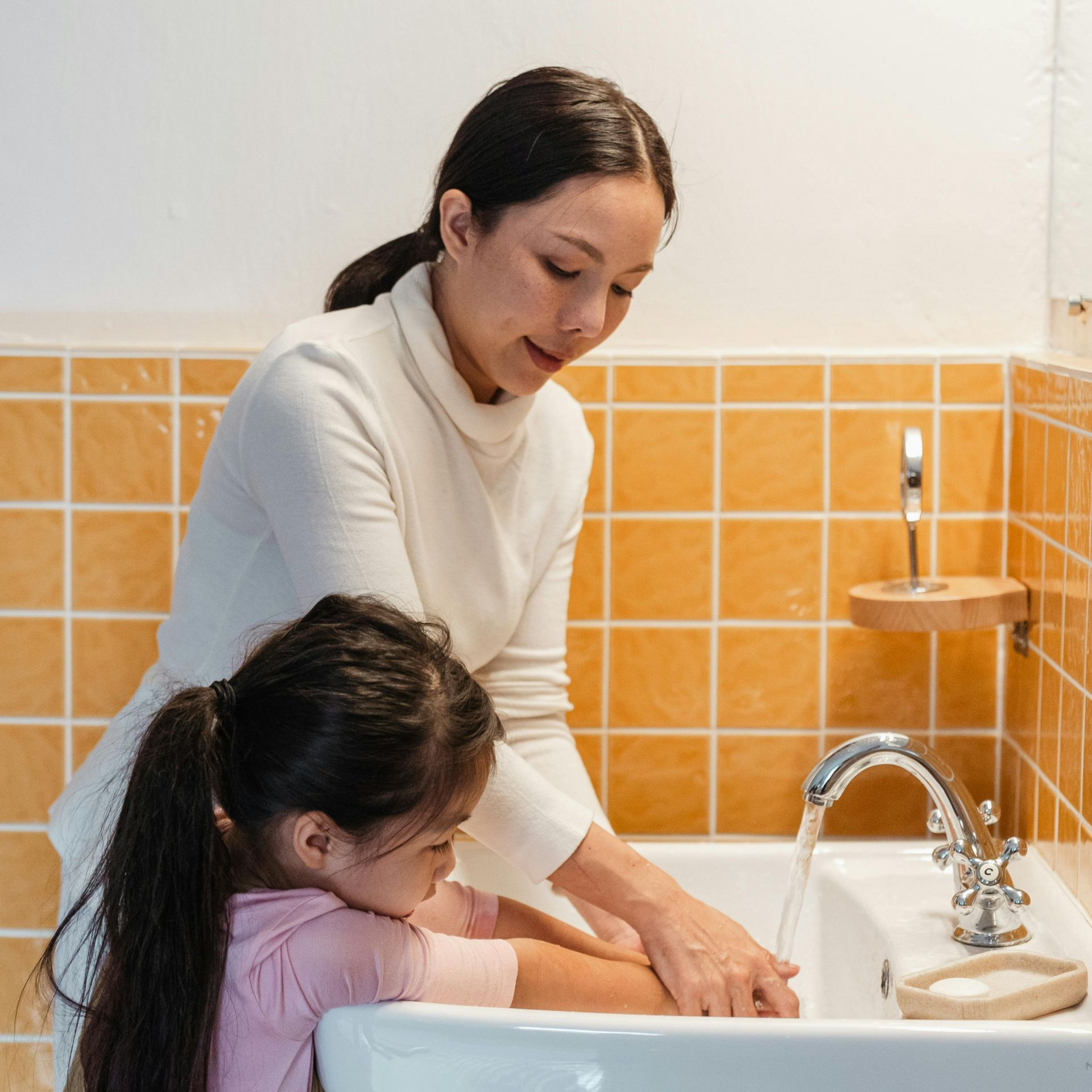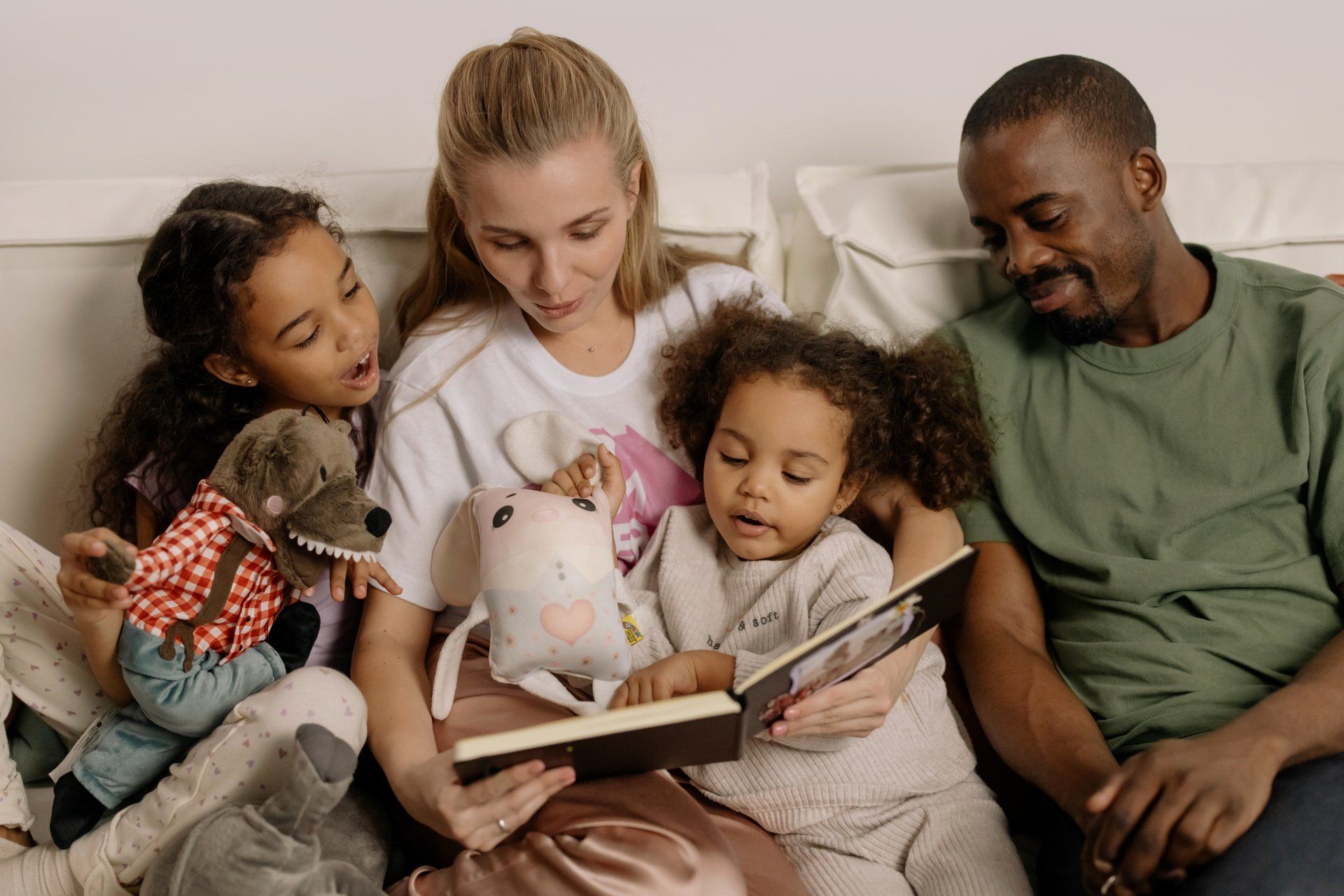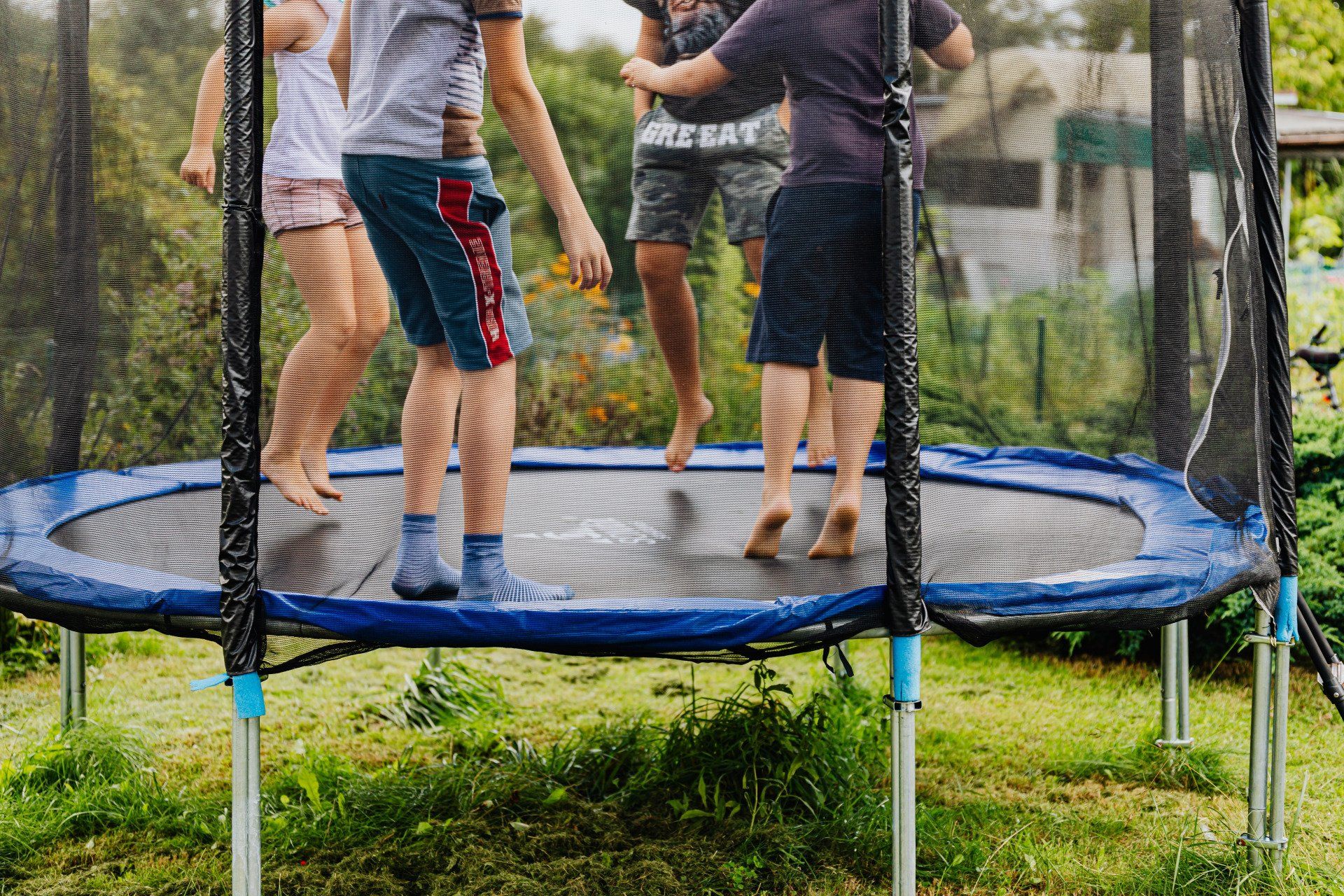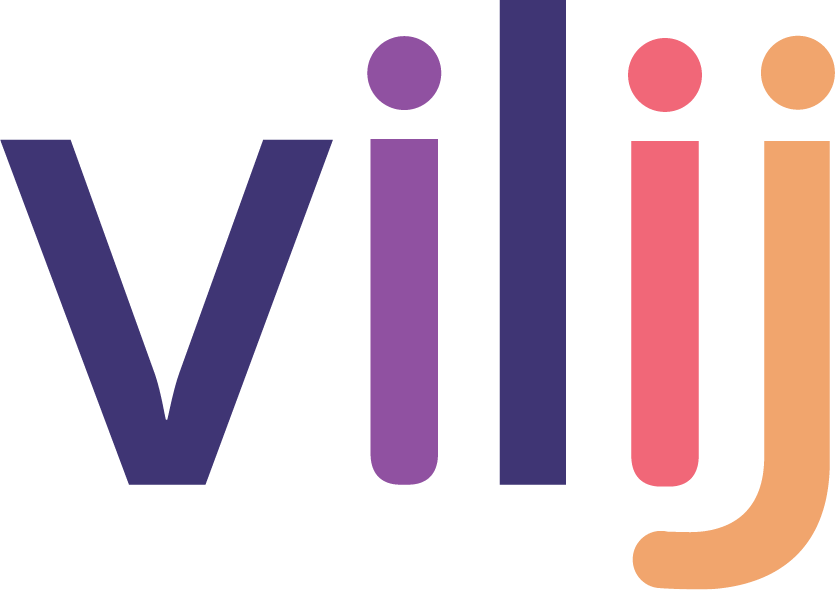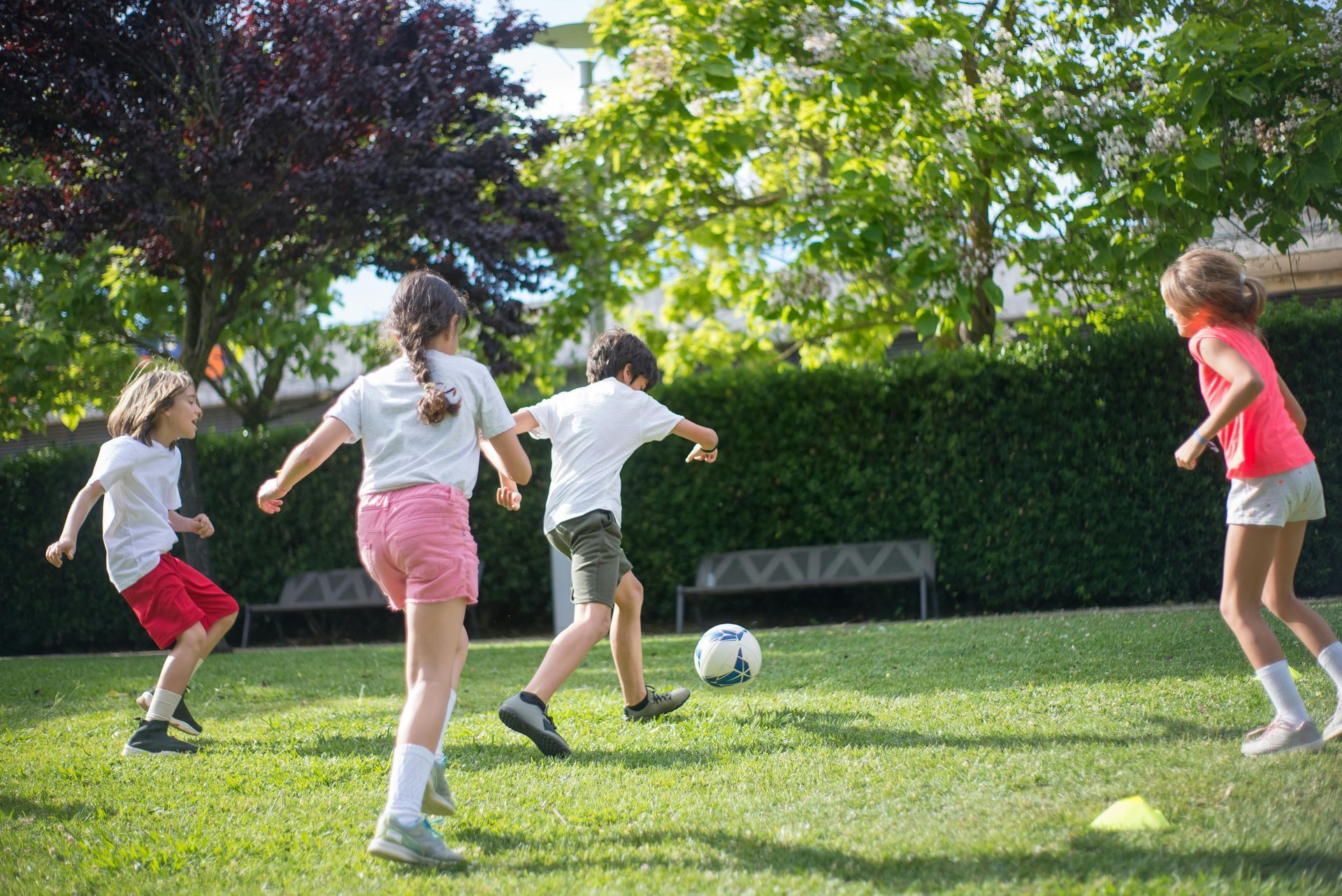AAC & ABA: Helping Your Child Be Heard (in Illinois)
When a child has a lot to say but speech isn’t their easiest path, AAC—Augmentative and Alternative Communication—opens doors. AAC simply means “all the ways someone communicates besides talking,” from pictures and gestures to robust speech-generating devices (SGDs). It’s for kids of all ages who benefit from more ways to be heard.
At Vilij, we’re neurodivergent-affirming. Our goal isn’t to change who your child is—it’s to expand ways to be heard, build functional living skills, and support independence. Being nonspeaking does not mean “non-communicative.” We honor every form of communication and help families grow it.
How AAC fits with ABA (and the rest of your team)
AAC and ABA pair beautifully: we teach functional communication (think: “help,” “stop,” “break,” “I want ___”) as efficient alternatives to challenging behaviors. That can reduce frustration and increase connection because your child gets a faster, clearer way to get needs met. We also coordinate with your SLP (speech-language pathologist) and other therapies—as much or as little as you want—so the same words and strategies show up at home, in session, and at school. ASHA emphasizes AAC as a true team sport; we agree. We’ll meet your child where they are—core boards, choice boards, signs/gestures, PODD, or an app—and build skills step by step.
Low-tech today: simple tools that make a big difference
While you’re exploring or awaiting insurance, low-tech AAC can start right away:
- Core boards (a small set of high-frequency “core words” like go, more, help, stop, want). Project Core offers free printable boards and training—excellent for home and school.
- Choice boards & visual supports (photos/symbols for snacks, toys, activities).
- Single-message or multi-message buttons (recordable—great for “help,” “more,” “all done”).
- PODD-style books or other page-flip systems when that layout fits the learner.
If you like ready-to-use resources, AssistiveWare’s Core Word Classroom is a free library with “core words of the week” plans, modeling tips, and printable boards.
Prefer to make your own? OpenSymbols aggregates open-licensed symbol sets (including ARASAAC) so you can quickly build boards with images you’re allowed to use (check each license).
High-tech (SGD) options to consider (with legit free trials)
When a tablet-based AAC app or dedicated device looks like a good fit, try before you buy. Many leading apps offer real trials (at the time of posting):
- TD Snap (Pragmatic Organization Dynamic Display, with page sets like PODD & Gateway). 60-day trial via a free myTobiiDynavox account.
- TouchChat (popular with WordPower vocab). 30-day free trial via TouchChat Discover; you can also explore lite-tech WordPower boards without purchase.
- LAMP Words for Life (motor-planning based; consistent icon pathways). 30-day “Discover” trial.
- Proloquo (modern symbol-based app with parent coaching). 1-month free trial; subscription after.
- Avaz AAC (robust symbol & text mode). 14-day free trial.
- CoughDrop (cloud-based, device-agnostic, strong team features). 2-month free trial.
- Entirely free: LetMeTalk (iOS; Android availability varies over time). Good as a no-cost starter.
Our quick start plan while funding is pending
- Print a core board (Project Core) and post it in key spots.
- Start a legit app trial above on your family iPad with a durable case and good speaker.
- Use the same few first words everywhere—help, more, stop, go, open, eat, drink, break, yes/no—and model them often (you tap/say while doing).
- Tell school about the words you’re modeling so everyone matches.
Illinois-specific help: try devices for free, get school support
- IATP (Illinois Assistive Technology Program) offers free device loans (typically 5–6 weeks), device demos, and statewide AAC/AT support. Families only cover return shipping. You can browse, request loans, or book a demo.
- AT3 Center lists every state’s AT Act program (for readers outside Illinois; device loan, reuse, financing).
- ISBE (Illinois State Board of Education): AT must be considered in every IEP; ISBE provides an Assistive Technology Guidance Manual for teams, plus FAQs. If a student needs AT/AAC to access FAPE, the district provides it.
- IATP & ISBE evaluations: IATP conducts school-based AT/AAC evaluations statewide through an ISBE contract (free to districts), which can jump-start the right match. Ask your school team or IATP about this option.
Paying for AAC: insurance tips & a realistic path
Every plan is different, but here’s a parent-tested path we recommend (and we’ll walk it with you):
- Verify benefits (VOB) & pre-auth for AAC/SGD and SLP evaluation. Keep a simple communication log (dates, contacts, notes).
- Get a strong SLP evaluation stating medical necessity and specific device/app needs.
- Use trials & loaners to document success (photos, short videos, data like “asked for help 8x/day with device”).
- Submit, follow up, and appeal if needed—we can coordinate with your SLP and share session data to support the request.
- While awaiting approval, use low-tech + trials (above) so progress doesn’t pause.
For a primer on how your practice handles insurance and authorizations, we’ll link families to your existing posts/pages so they can get the Vilij roadmap:
- Insurance & Service Areas (accepted plans; contact info) and your insurance authorization guide.
What we’ll teach first (and how)
To get early wins, we start with powerful, everyday words and routines:
- Starter words: help, more, stop, go, open, up, my turn, all done, break, eat/drink, bathroom, yes/no.
- Model > prompt > fade: adults model the tap/sign while speaking; give brief prompts only as needed; then fade quickly so the child leads.
- Generalize: same words, everywhere (snack, playground, bath, car rides). We’ll coordinate with your SLP so page sets, symbols, and prompts match across settings. (ASHA highlights SLP-family-team collaboration as key to long-term success.)
Build-your-own toolkit (free & printable)
- Project Core: 36-word universal core boards + training modules.
- AssistiveWare Core Word Classroom: lesson plans, printable boards, and modeling guides.
- OpenSymbols & ARASAAC: open-licensed symbols to create custom boards (check licenses/attribution).
- Illinois IEP & AT: ISBE AT page + Guidance Manual for your school team.
- Device trials/loans: IATP device loan & demo pages; AT3 state finder (for friends outside IL).
When a dedicated device makes sense
Some kids benefit from a dedicated SGD (with funding through insurance/Medicaid). The decision is individualized and is guided by feature-matching (vocabulary layout, motor planning, access, portability, durability, amplification). Your SLP leads device selection, and our BCBAs reinforce the same communication goals in therapy and daily routines. (This team approach matches ASHA’s guidance.)
Our role at Vilij
- Assessment & collaboration: We incorporate your child’s current system (low- or high-tech) and sync with your SLP.
- Parent-first coaching: Short, doable home strategies; shared vocabulary lists; quick modeling tips.
- Real-world generalization: We practice in the places communication matters—mealtimes, community outings, school hand-offs.
- No device shaming—ever: We help normalize device use so it’s embraced in and out of sessions.
Already have a device? Bring it! We’ll use it, generalize it, and help everyone around your child feel confident using it too.
Ready to start?
Book a free consult and tell us where your child is today—we’ll take it from there. (We’ll also help you navigate trials, IATP loans, and school supports.)
Bring your care team: give us your SLP’s contact—we’ll coordinate so your child benefits from a unified plan across home, clinic, and school.
Want a starter pack? We’ll email you a printable core board, a modeling cheat-sheet, and links to free app trials tailored to your child. Not ready to start the conversation? You can download our printer-friendly starter pack here!
Accountability
|
Integrity
|
Empathy
|
Collaboration



